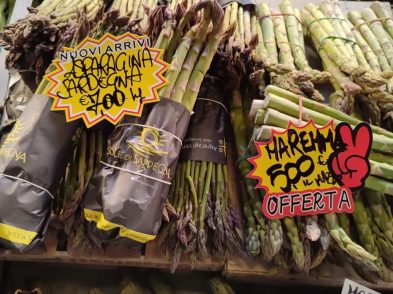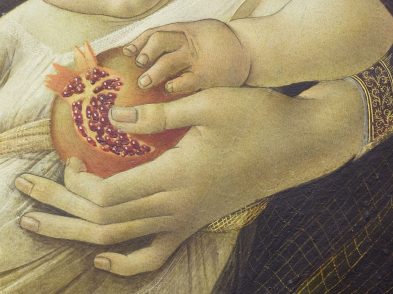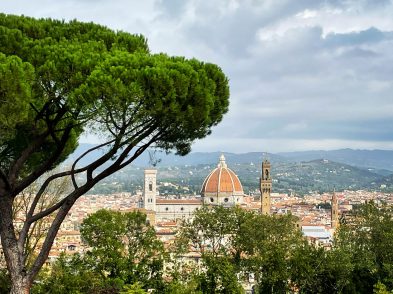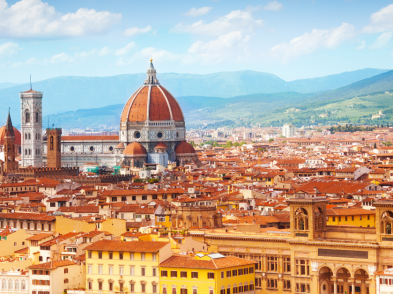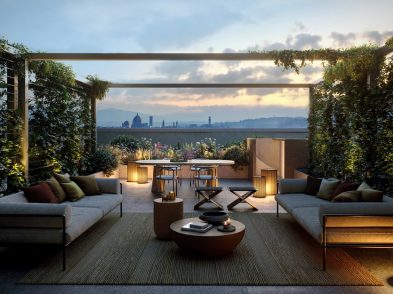When my wife and I recently took our ninth trip to Florence, a good friend asked, “Why go to Florence again when there is so much ‘real Italy’ to see?” A fair question and a cause for reflection. Can “real Italy” still be found in the city where Dante Alighieri gave birth to the Italian language, but where English is now default in the historic center?

By “real Italy,” I mean the essence of Italian culture, notwithstanding regional variations, as it relates to family, religion, language, food, art, community and many other areas of life. Despite the “Disneyfication” and insufferable crowds in parts of Florence, “real Italy” exists in the everyday lives of Florentines. In her book Situating Everyday Life: Practices and Places (2012), anthropologist Sarah Pink highlights the significance of studying everyday life, as it is “at the centre of human existence, the essence of who we are and our location in the world.”
You can find it in the small artisan workshops in the Oltrarno, such as Emma Draghi’s La Bottega d’Arte, tucked away on costa San Giorgio with her ceramics, jewelry and knitted items, at Arlo Haisek’s semi-precious stone atelier on via de Bardi or at Emilio de Filippis’ Pitti Mosaici, where he has been creating marble mosaics and architecture for over 45 years. In all three of these places, the artisans will speak to you volentieri about their lives and their art.
You can find “real Italy” by exploring the side streets of the Oltrarno, such as where costa Scarpuccia, costa dei Magnoli and costa San Giorgio converge. If you are lucky enough, you might overhear the choir rehearsing for Sunday Mass at the Church of San Giorgio alla Costa. One Saturday afternoon, the pastor saw us listening outside and invited us to see the inner sanctuary, roped off to visitors. He spoke to us about the Templars, a medieval group of devout Christians who protected travelers on religious pilgrimages and who had once held meetings there.
Walk along lungarno delle Grazie to via Aretina in the non-touristy outskirts. Besides seeing how everyday Florentines live, you might stumble upon the Florence Academy of Art, the equivalent of a Renaissance bottega founded by American artist Daniel Graves in 1991 in a garden studio of a Florentine palace owned by the Corsini family, which now enrolls students from 40 countries. Alternatively, listen to live music nearby at the Jazz Bistrot, where you’ll hear only Italian spoken.
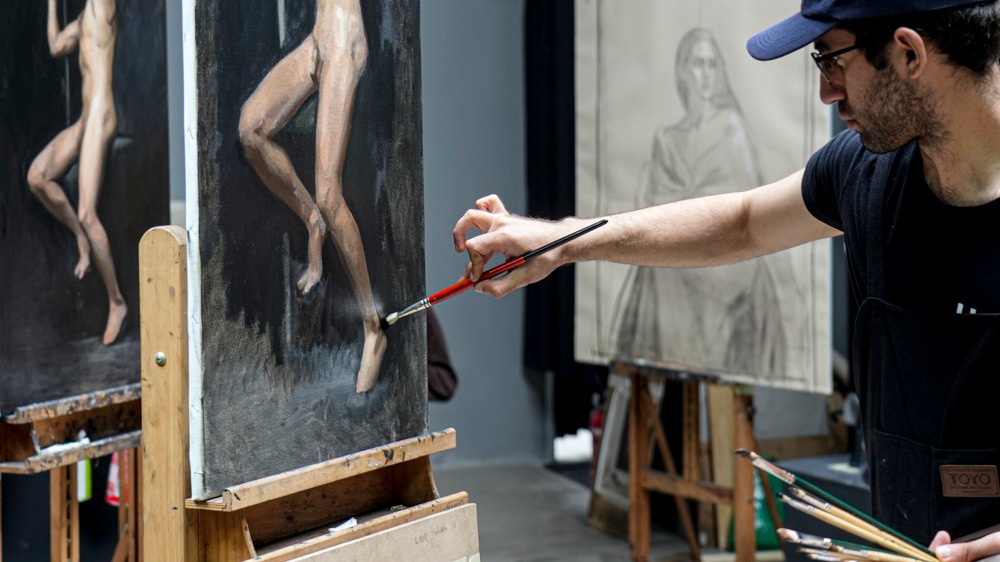
Immerse yourself in the Sant’Ambrogio market. Listen to conversations by locals about their families, soccer and politics while doing their near-daily food shopping, choosing from every imaginable type of fresh produce, meat, fish, poultry and cheese, an endless variety of flowers, and an array of stands with inexpensively priced clothing and houseware. When I tried speaking Italian to an older woman selling sweaters, she excitedly asked, “Parla italiano?” before happily giving me a lesson on the difference between a gruccia and appendiabiti (clothes hanger). Meander through the neighborhoods outside of Sant’Ambrogio and come across the Church of San Giuseppe on via delle Casine, originating in 1583 and still a center of life for local cittadini. Try to speak Italian to a taxi driver about Jannik Sinner, the first Italian man to win the Australian Open, and you’ll catch a glimpse of the intense national pride.
“Real Italy” exists in countless other ways in the everyday life in Florence. Find it in old family restaurants such as Trattoria Sabatino, established in San Frediano in 1956, where you can get authentic meals and wine is served in ordinary kitchen glasses. Search it out in the pet owners who dine in restaurants with their dogs, in the stores that close for a few hours every afternoon so that people can attend to their personal lives, and in the gentility of hearing buona giornata, buona serata, prego and permesso so many times a day. It’s in the hundreds of centuries-old religious icons tucked into the sides of buildings, in the street musicians who have been performing for decades trying to earn a living and in vinyl record shops that give us an idea of the music enjoyed by locals. It’s in seeing office workers or police officers chatting over a morning coffee at their local bar and in the hundreds of old bikes lining the streets in the city centre.
“Real Italy” is not a city or a region. It is a way of being. Observing and participating in the everyday lives of Florentines, the ordinary and the extraordinary provides you with insight, sensibility and a sense of hope that this unique identity still exists.


